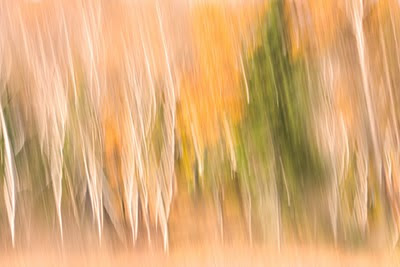This blog post started writing itself at 4 AM this morning while I was trying to sleep... I had all of these ideas dancing about in my head and just had to get up and start writing them down. It's probably partly because I stayed up late last night to participate in
David DuChemin's first Twitter hang out, a fun and frenzied online meet up of photographers sharing their thoughts in 140 characters or less.
David always seems to be able to put into words what I feel about the photographic process, but he says it far more eloquently than I could even begin to. His
books are packed with insight and advice to help photographers find and recognize their own vision, and to express that vision in their photographs. That's something I try and teach my students, especially those looking for the "Secret Recipe" to great photos. That recipe is inside you, the secret is to slow down, to really see, and to make the work your own. Put aside rules and self doubts, get out there and shoot and shoot and shoot, until the song in your heart is visible in your photos. This isn't a quick process, and failure is part of it, but you'll learn as much from your failures as you will from your successes.
Digital photography is a three part process. First, there is vision. No one sees the world just as you do, your vision is unique and is shaped by your life experiences. The second part of the process is capturing the image, how you compose, the equipment you use, and how you handle the light. The third component is your post-processing, how will you take that digital file, fine tune it and make it reflect your vision? All three of these elements come into play each and every time you make a photo. Think of this as your Rule of Thirds, instead of that other Rule of Thirds (don't get me started on compositional rules, lol).
I shot the photo at the top of this post last week on a shoot at the Olson House in Cushing. It's a place I have visited many times, I find it inspiring and I feel a strong connection to the house. I have made some images I liked there, but this photograph finally tells the story I wanted to tell. This is the image I had in my head, my vision. The light was softly diffused by early morning fog, and I used my 24-70mm lens to get the composition I wanted. I used my
Nik filters in post-processing to take the image exactly where I wanted it. Each part of the process contributed to this final image, this heartsong.
So, grab your camera, get out there and make your own heartsongs. Send me a link to your photos, I'd love to see what you come up with.
Happy shooting!
Kathleen




















































